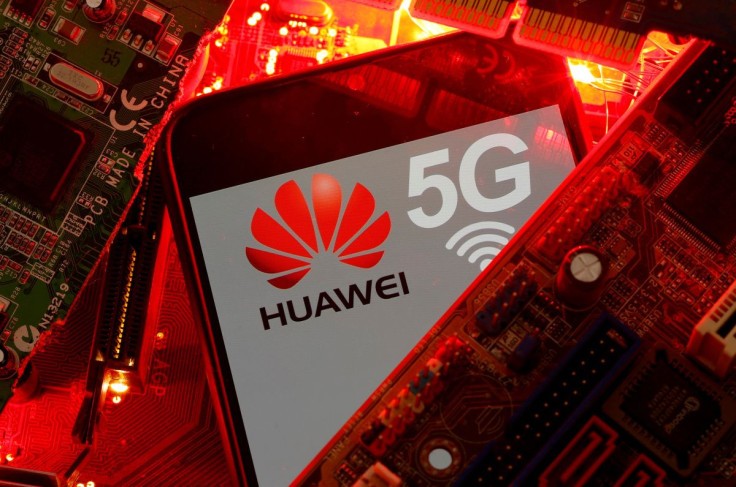Scientists Propose Creating Human Antennas For 6G Technology
KEY POINTS
- 5G technology works on radio waves to carry information
- For 6G, it has been theorized that Visible Light Communication (VLC) can be used
- But there is a lot of "leakage" in the form of radio waves called RF signals
The world is just getting familiar with 5G technology, but scientists are already looking forward to advancing 6G technology in the near future. One of the proposals by scientists is to make human antennas to make the system more efficient.
The new paper was presented at The 20th ACM Conference on Embedded Networked Sensor Systems (SenSys 2022). Researchers at the University of Massachusetts Amherst were behind this study.
For the uninitiated, 5G technology works on radio waves to carry information. The technology carries up to 10 times more information than 4G. It does so by using higher frequencies of radio waves that are capable of utilizing more bandwidth, as per IFLScience.
For 6G, it has been theorized that Visible Light Communication (VLC) can be used to achieve further higher bandwidths and transmit more information. Information can then be transmitted by LEDs that flash on and off instantly.
"VLC is quite simple and interesting. Instead of using radio signals to send information wirelessly, it uses the light from LEDs that can turn on and off, up to one million times per second," Jie Xiong, professor of information and computer sciences at the University of Massachusetts Amherst, explained in a statement.
"Anything with a camera, like our smartphones, tablets, or laptops, could be the receiver," Xiong added.
However, there is one drawback with this method- there is a lot of "leakage" in the form of radio waves called RF signals. In other words, the technology is not yet efficient since a great amount of energy is lost to the environment.
For the study, researchers tried different ways to reduce the loss of leaked RF signals by capturing and harnessing them for another purpose. After a lot of experimenting, researchers found the ideal design -- a copper coil that could be attached to different things, including walls, phones, laptops, and even objects made of plastic, cardboard, wood, and steel.
The most effective way, the researchers found, was wearing a simple coil of copper wire as a bracelet on the upper forearm of a person. Costing less than 50 cents, the device could act as a receiver and use the captured power to support different sensors, for instance, on-body health monitoring sensors.
"Ultimately, we want to be able to harvest waste energy from all sorts of sources in order to power future technology," added Xiong.
While all this talk is still theoretical, it is a testament to human ingenuity.

© Copyright IBTimes 2025. All rights reserved.



















